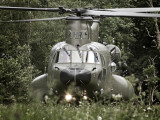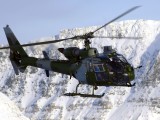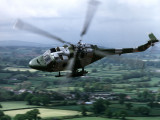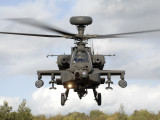
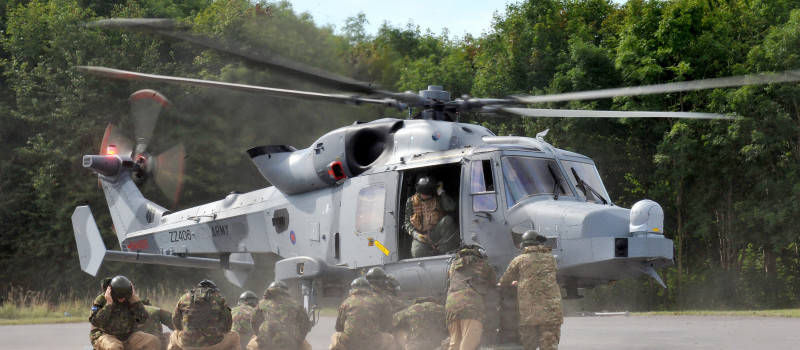
Wildcat Mk1
The Wildcat programme will deliver a fleet of 62 new light helicopters for the Army and Royal Navy from 2014 and 2015 respectively.
The Wildcat programme will deliver a fleet of 62 new light helicopters for the Army and Royal Navy from 2014 and 2015 respectively.
The Wildcat Mk1 will replace the Lynx helicopter currently in service. Fielding commenced in May 2012, with the first operational flight by Army pilots taking place on 18 June 2012. The Royal Navy’s Lynx fleet will also be replaced with the Wildcat Mk2.
An entirely new platform, the Army Wildcat will perform a range of tasks on the battlefield including reconnaissance, command and control, transportation of troops and material, and the provision of force protection.
It is fitted with new Light Helicopter Turbine Engine Company (LHTEC) CTS800-4N engines, which are significantly more powerful than those in the current Lynx, enabling it to operate in extreme conditions and at high altitudes. It is also fitted with a nose mounted optical device.
The aircraft has a degree of commonality with its maritime sister and with increased versatility can be fitted for different roles quickly and easily. The Wildcat’s capability will be a significant advance on that provided by the current Lynx fleet.
The procurement of the LHTEC CTS800-4N engine has also been extended to a number of Lynx Mk9 aircraft resulting in the Lynx Mk9a. This is providing better performance and a much improved light multi role capability in the extreme environmental conditions in Afghanistan.
The name Wildcat recalls the name given to the Grumman F4F which was widely used during the Second World War. The aircraft ceased operational service in 1945 but some flying aircraft remain, including one in the collection of the Imperial War Museum Duxford.

